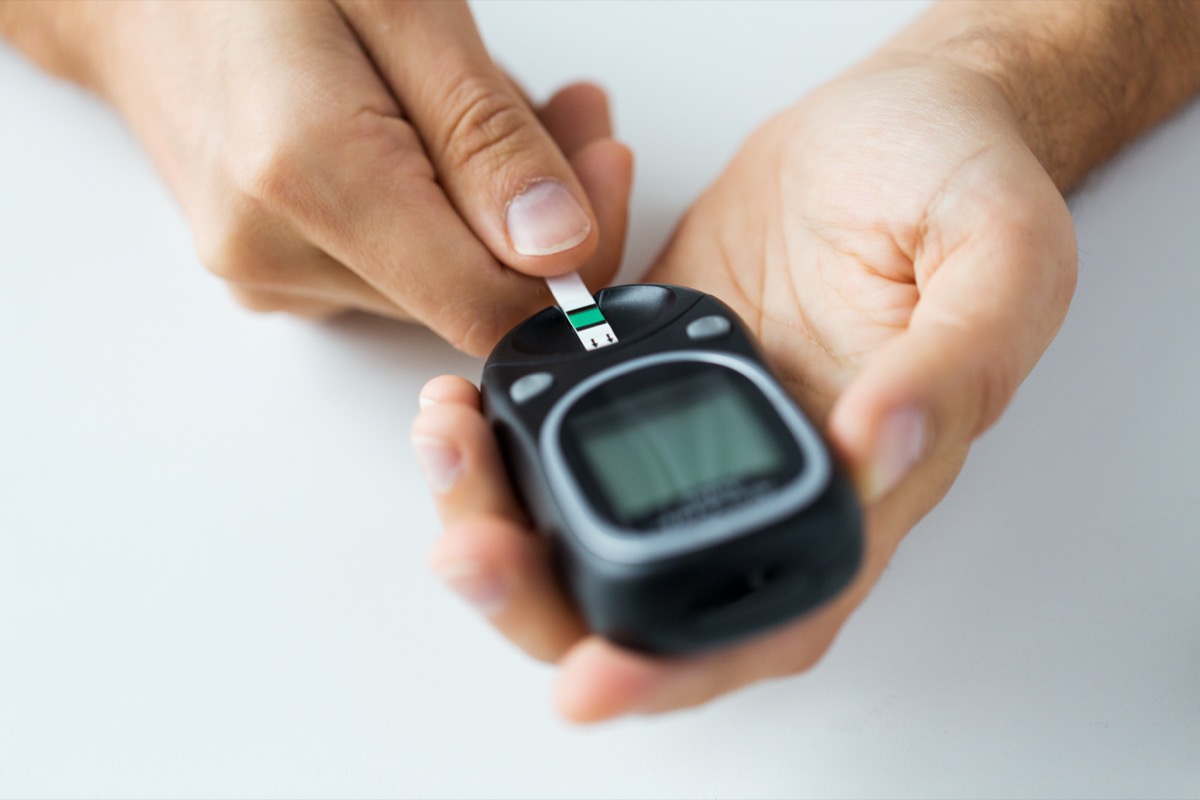The diabetes experts behind the letter started the CoviDiab Registry project to track new-onset diabetes in COVID-19 patients. The researchers write that “new-onset diabetes and severe metabolic complications of preexisting diabetes, including diabetic ketoacidosis and hyperosmolarity for which exceptionally high doses of insulin are warranted, have been observed in patients with COVID-19.“ae0fcc31ae342fd3a1346ebb1f342fcb Diabetic ketoacidosis occurs when a diabetes patient’s body is unable to produce enough insulin, which leads to a too-high level of ketones, a blood acid. Type 1 diabetes patients are particularly at risk. Hyperosmolarity, or diabetic hyperosmolar syndrome, most often effects type 2 diabetes patients, and occurs when the level of sugar in the blood is too high. Per the Mayo Clinic, it can be “triggered by illness or infection” and “lead to life-threatening dehydration” if not treated. So, why is the coronavirus causing these complications and resulting in new-onset diabetes in previously healthy people? The researchers posit that it has to do with the way the virus “binds to angiotensin-converting enzyme 2 (ACE2) receptors.” RELATED: For more up-to-date information, sign up for our daily newsletter. What’s even more concerning is that these diabetes experts don’t yet know whether or not these symptoms will persist after recovery from COVID-19, nor whether the type of diabetes diagnosed in COVID-19 patients is type 1, 2, or something entirely new. That’s why they established the CoviDiab registry, to compile and analyze data from across the globe. This data, the letter says, will help doctors to determine methods for treatment and management going forward. And for more about diabetes and COVID-19, find out why Coronavirus Is Killing People with This Common Condition in a Week.
